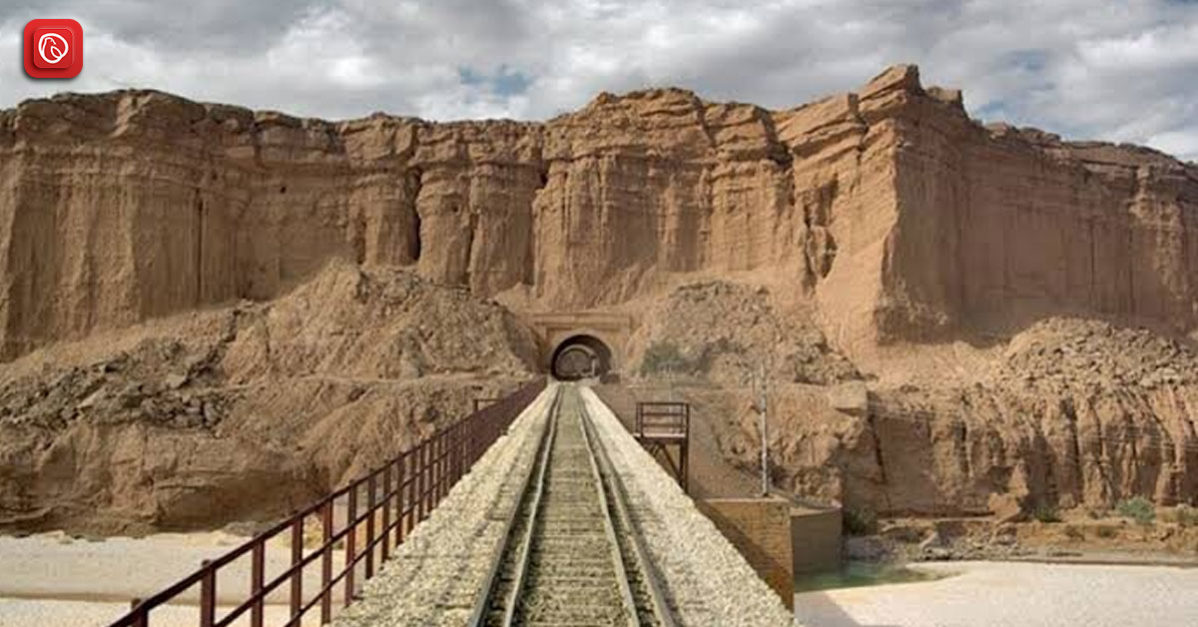Sibi is a small town in Pakistan’s current province of western Balochistan. It was named after the Hindu tribe Sewa, who lived here before 1880 when the British set out plans for the Railways and made Sibbi an important post. It was formerly the headquarters of the Sewistan province of the Sindh monarchy.
The British named the new town Sandemandabad in honour of Sir Robert Sandeman, a well-liked British commander who governed Dera Ghazi Khan and arranged agreements with the Khan of Kalat to forge relationships with Balouch clan chiefs.
Sibi has long served as a hub for gatherings between the public and Balouch chiefs. In fact, a horse and cattle show is held there every February 4 and 5, carrying on the tradition of the long-standing annual gathering of all Balouch chiefs. The opportunity to observe Balouch people and their herds and learn about Balochistani culture is provided by the Horse & Cattle Show.
Graana.com has discussed Sibi in detail down below, including history, weather, culture and much more.
History
The town’s origins trace back to the 13th century, and its strategic location between the mouths of the Harnai and Bolan passes subjected it to frequent assaults and sieges, notably by the British in 1841. Under British rule, it evolved into a significant junction on the Sind-Peshin railway, where the Harnai line intersected with the Quetta loop line, situated 88 meters southeast of Quetta at the entrance of the Bolan Pass.
The 1901 census of India recorded Sibi’s population at 4,551. In 1903, the Victoria Memorial Hall was erected using public funds, while a piped water supply was established from the river Nari to the town, funded by the military at Rs. 115,000.
Sibi is Balochsitan’s historic city. It is also occasionally referred to as Sivi, supposedly after a Hindu princess. The majority of its people are Panni Pashtuns, who are a branch of the Ghourghushti and the brother of the well-known Pashtun clan Kakar. The City of Sibi is a farming community. 98% of the landmass is owned by Pashtoons, or Panni, with 2% belonging to Balochs. In Sibi, there is also a historic fort. Built during the Hindu era, this fort is still standing but is in poor shape.
Sibi Weather
In Pakistan’s Balochistan province, the region is renowned for its hot climate. Long summers with temperatures as high as 50 degrees Celsius are typical. The district is very different from other districts in Balochistan in terms of its topography and climate. This area is known as Pakistan’s “Hot Spot,” with midsummer highs of 52 °C (125 °F) being common. Preparedness is advised for travellers in the event of hot and dry weather. In May, June, and July, the high temperature is typically 52°C.
5.9 °C is the typical low temperature in November, December, and January. The months of July and August are monsoon season. In general, the weather is ideal for tourism and outdoor activities. It’s a great place for adventure seekers and lovers of the great outdoors because of the chilly winters. Hence, before you travel, verify the weather prediction and make appropriate plans.
Culture
Its cultural milieu represents a wide variety of ethnic groupings. People share a shared past, ideals, customs, and moral standards even when they speak different languages. Religion serves as a unifying factor by providing a basis for peace and a common social structure.
The Brahvi, Baloch, and Pashtoon tribes are renowned for their magnanimity. It is considered a tremendous honour and a gift from God when guests arrive. Even those with more money will sacrifice goats or sheep for their guests. Every now and then, the entire town will greet a guest when there are more dwellings. The people’s kindness and honesty are what make them loving.
Best Time to Visit
The months of January through March and October through November are the best times to go. The best months to travel to the area are January through March when temperatures typically range from 36 to 104 degrees Fahrenheit. The perfect conditions to explore the area and take in all of the sights. An average of 13.37 mm of precipitation is what to expect. It is the perfect time of year for outdoor activities and tourism because of the lovely weather and moderate temperatures.
Because of the perfect air humidity and mild, pleasant daytime temperatures, October and November are the best months to visit. Sibi, Pakistan, has a typical temperature of 75°F and plenty of sunshine, making it the ideal area to explore while wearing trainers. During this time, there was an average of 12.16 mm of precipitation.
Places to Visit in Sibbi
It is a well-liked vacation spot with lots of attractions and things to do. Travelling offers something for everyone, whether your goal is to experience the great outdoors or just unwind. Now let’s examine some tourist destinations:
Bolan Pass
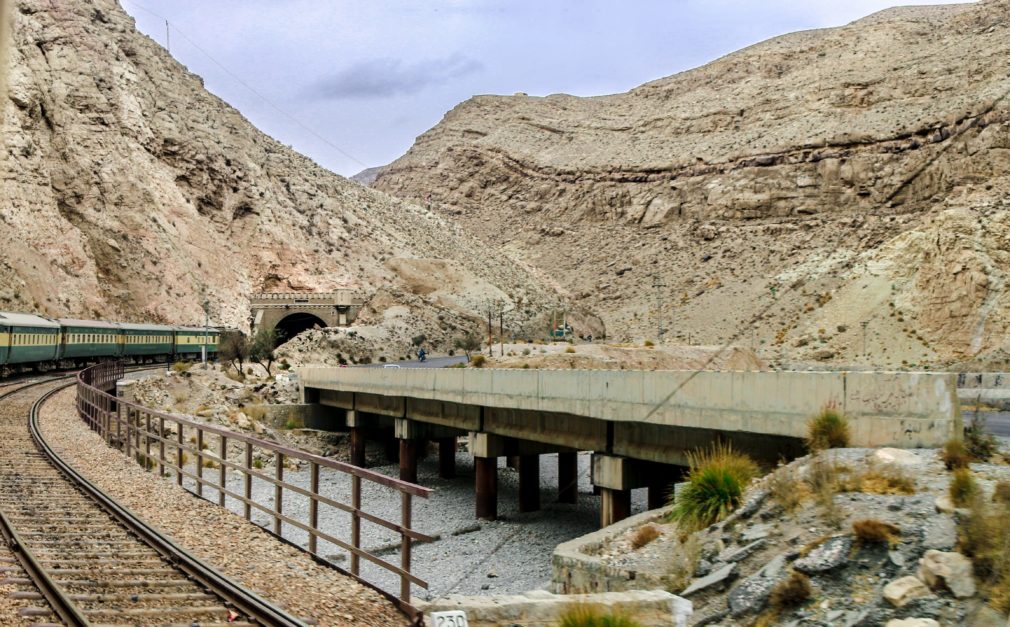
Bolan Pass is a mountain pass in the Toba Kakar Range of western Pakistan’s province of Balochistan. It is one of the most important mountain passes in the region since it links Sindh and Balochistan. The pass was a major trading route in antiquity and was a part of the historic Silk Road. Bolan Pass and the Afghan border are 120 km apart. Through the Bolan Pass, this area and Quetta are reachable by rail and road.
Chakar Fort
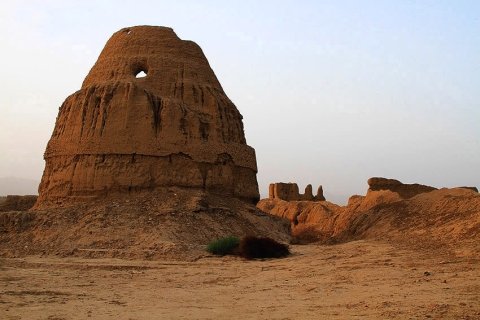
Located on the city’s boundaries, the ancient kings built Mir Chakar Khan Fort in the fifteenth century after the Lashari tribe was vanquished by a tribal chieftain from the Balochi region named Mir Chakar Khan Rind and his town was established there. Chakar Fort was built to defend his entire settlement. The tribe leader chose this place due to its productive agriculture and abundant, lush soil. Baloch people still regard Mir Chakar Khan as a valiant warrior and liberation fighter.
Mehrgarh
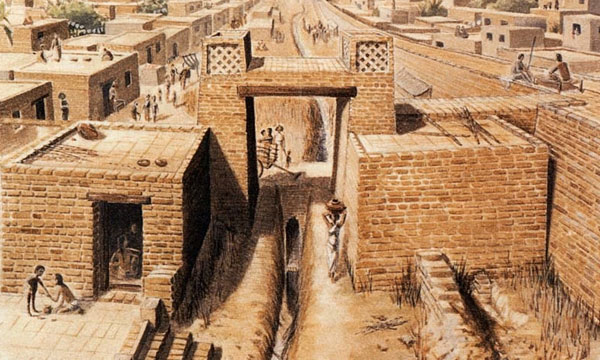
Situated close to Bolan Pass lies the ancient archaeological site of Mehrgarh. Mehrgarh is the oldest known agricultural landmark in South Asia. The oldest known use of the lost-wax technique is found in a 6,000-year-old copper amulet in the form of a wheel that was found at Mehrgarh.
The Mehrgarh ruins offer an enthralling window into the past of the area. Anyone interested in the history and archaeology of Sibi, Balochistan, and Pakistan, should definitely pay them a visit. This place offers a rare chance to learn about the prehistoric ways of existence and delve into the history and culture of Balochistan.
Nari Gorge Dam
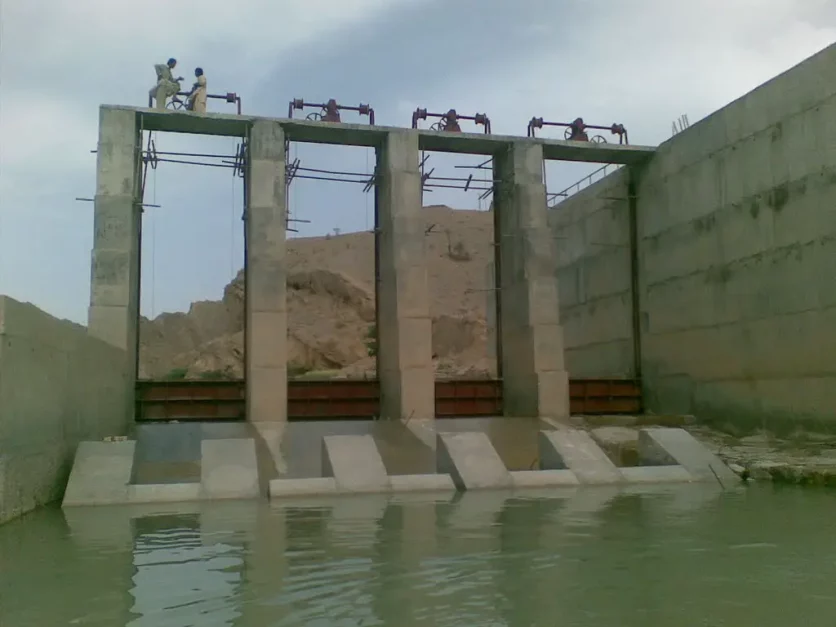
A special and lovely location, the Nari Gorge Dam is a wonderful place to unwind and take in the splendour of the surrounding environment. It’s a great location for outdoor activities like picnics as well. Anyone who likes the outdoors and the natural world should explore this hidden gem.
Famous Festival in Sibi – Sibi Mela
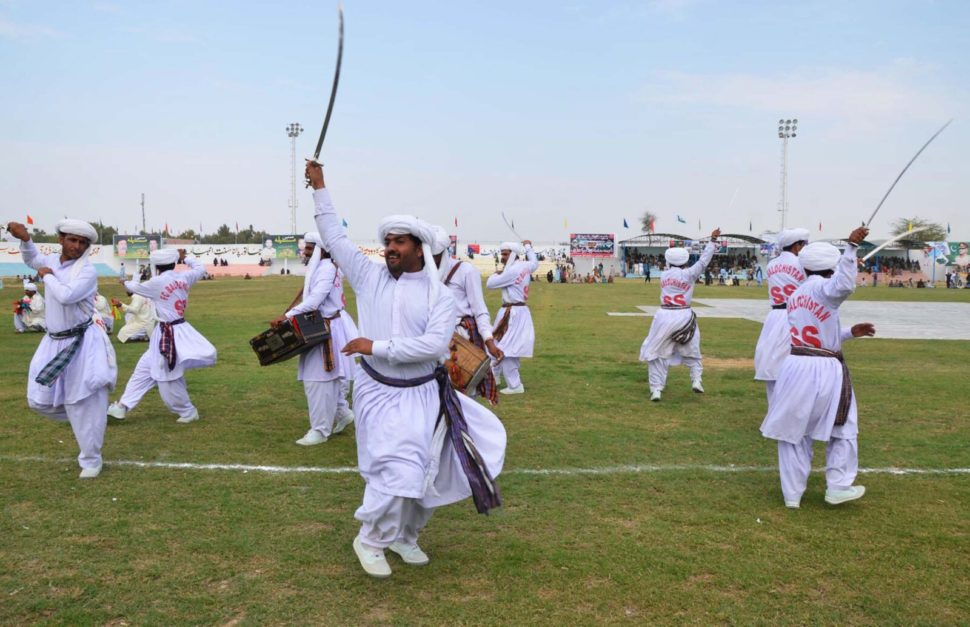
Since the 16th century, people in Balochistan have celebrated this Mela in February to welcome spring. It’s an occasion for animal trading. Each spring, a large number of livestock breeders congregate in the town to trade, purchase, compete, and exhibit various breeds of goats, cattle, and camels.
The Mela is very important to the people who live in the Sibi Balochistan region. Legend has it that the people use six of the twelve months of the year to get ready for this well-known cultural celebration, and the remaining six months are used to commemorate it. Every year, the Mela hosts a number of events, such as:
- Camel racing, tent pegging, and handicraft displays
- Tribal Clothes and Folk Dances
- Athletic Contests Musical Performances
- Departmental Displays
Economic Importance
Due to the area’s unique geographic appeal, the tourism sector is the most important. The expansion of industrial sites and employment opportunities are expected to flourish as a result of the China-Pakistan Economic Corridor. This location is used for conventional business and commercial activities. Because of the China-Pakistan Economic Corridor, its contribution to Pakistan’s economic growth is growing (CPEC).
Route to Sibi
Sibi Balochistan, Pakistan, is present around 160 km southeast of Quetta, near the start of the well-known Bolan Pass. You may get to the provincial capital swiftly from anywhere in the country by taking one of the many buses, trains, or private taxis that are available to get you to the city, where the celebrations are taking place and waiting for you. You can take the Sukkur-Multan Motorway to get to your location. Its airport is available for transportation as well. Travellers are free to select the kind of transportation that best fits their requirements and tastes.
Hotels in Sibi
There are plenty of lodging alternatives in this area, from opulent hotels to affordable guesthouses. Depending on their tastes and financial situation, visitors can select the ideal alternative.
Baba Hotel and Restaurant
It’s a great option for people on a limited budget. The hotel features large rooms and spacious suites with elegant furnishings, balconies, and attached bathrooms. There’s a restaurant there with delicious breakfast, dinner, and brunch options. This business offers free WiFi, a common lounge, room service, and other facilities.
Saqi Hotel
Saqi Hotel is a classic four-star hotel with excellent views from its luxurious rooms and suites, as well as a full-service restaurant that serves Balochi food. All the conveniences and comforts found in the best hotels are provided by this one. It’s a lodging that welcomes families.
Distance from Sibi to Quetta
There are roughly 162 kilometres separating Sibi and Quetta. If you take the route from Quetta to this location, it will take you around two hours and eleven minutes.
FAQs
Following are the most common questions and their answers about Sibi Balochistan.
What is the history of Sibi in Balochistan?
Sibi’s history dates back to the 13th century. It has endured numerous assaults and sieges due to its strategic position between the Harnai and Bolan passes, including a notable one by the British in 1841.
What is the significance of Sibi’s location?
Sibi is strategically positioned between the mouths of the Harnai and Bolan passes, making it a vital junction on the Sind-Peshin railway where the Harnai line intersects with the Quetta loop line.
How was the water supply to Sibi established in the early 20th century?
The piped water supply to Sibi was established from the river Nari, funded by military resources, at a cost of Rs. 115,000.
What are the main economic activities in Sibi today?
Agriculture, livestock farming, and trade are significant economic activities in Sibi today. Additionally, the town serves as a commercial hub for nearby rural areas.
What is the climate like in Sibi?
Sibi experiences a hot desert climate, with extremely high temperatures during the summer months and relatively mild winters.
Is there any notable festival or event held in Sibi?
Yes, the Sibi Mela is a renowned annual festival held in Sibi, attracting people from all over Balochistan and beyond. It features cultural displays, livestock exhibitions, and various traditional activities.
What are some nearby tourist attractions in Sibi?
Nearby tourist attractions include the Sibi Fort, which dates back to the 13th century, and the Sandeman Memorial Hall, dedicated to Sir Robert Sandeman, a prominent British administrator in Balochistan.
Does SIBI have a connection with other parts of Balochistan and Pakistan?
Yes, Sibi has a link by road and rail to other major cities in Balochistan and Pakistan. The Sind-Peshin railway and the National Highway pass through the town, facilitating transportation and trade.
To read about the list of districts in Balochistan, visit Graana Blog.
